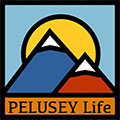Dryandra: WA’s newest National Park
Western Australia is home to some very special small mammals, with two in particular holding unique positions in our wildlife culture. The extravert, the quokka is happy having its photo taken with people, famous or not. We have probably all seen Roger Federer and Chris Hemsworth smiling with the ‘happiest animal in the world’. And why wouldn’t they be happy, living on beautiful Rottnest Island.
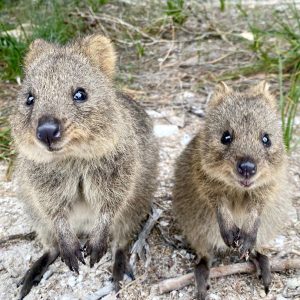
Not Numbats, but Quokkas
The other cute mammal is the numbat, a far more introverted individual. You may have seen it as WA’s faunal emblem. Numbats used to thrive over a wide range from WA to the NSW/ Vic border. Then introduced foxes, feral cats and habitat destruction drastically reduced their numbers to only a couple locations in WA, Perup Nature Reserve and Dryandra Woodland.
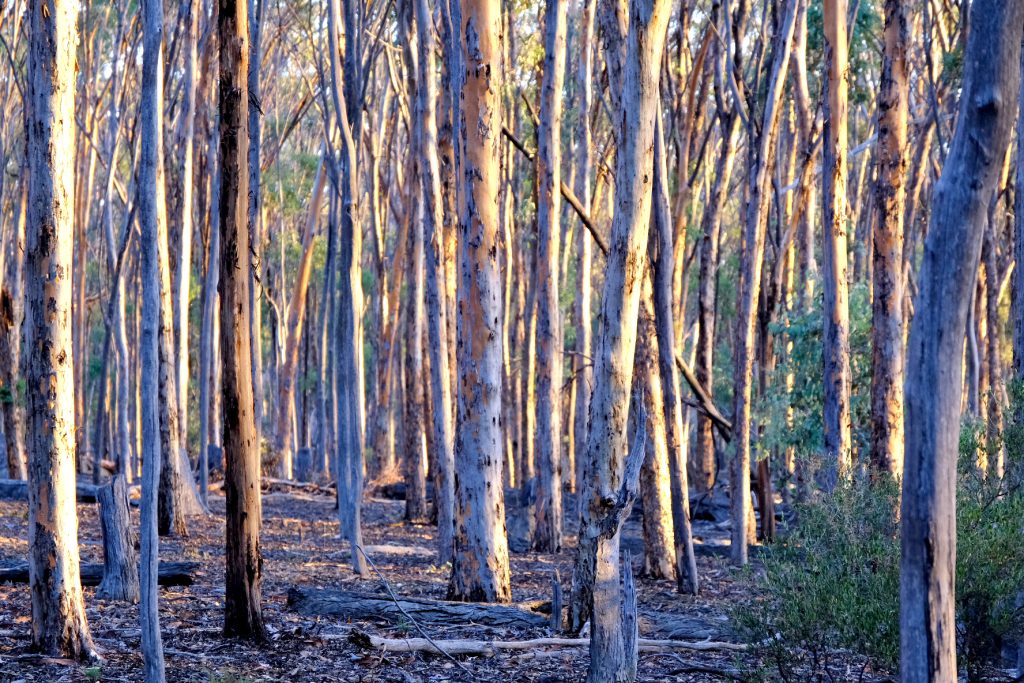
Dryandra Woodlands
On the 17th January 2022, 17,870 hectares of the Dryandra woodland have become a National Park. A numbat graces the cover of the brochure. We came to Dryandra to hunt down some numbats, with a camera I might add. We have seen two numbats way in the distance before but looking at the caretaker’s photos, they seem so approachable. Don’t let John Lawsons’ amazing photos in the office give you a false sense of security. Numbats are very shy. No selfies here.
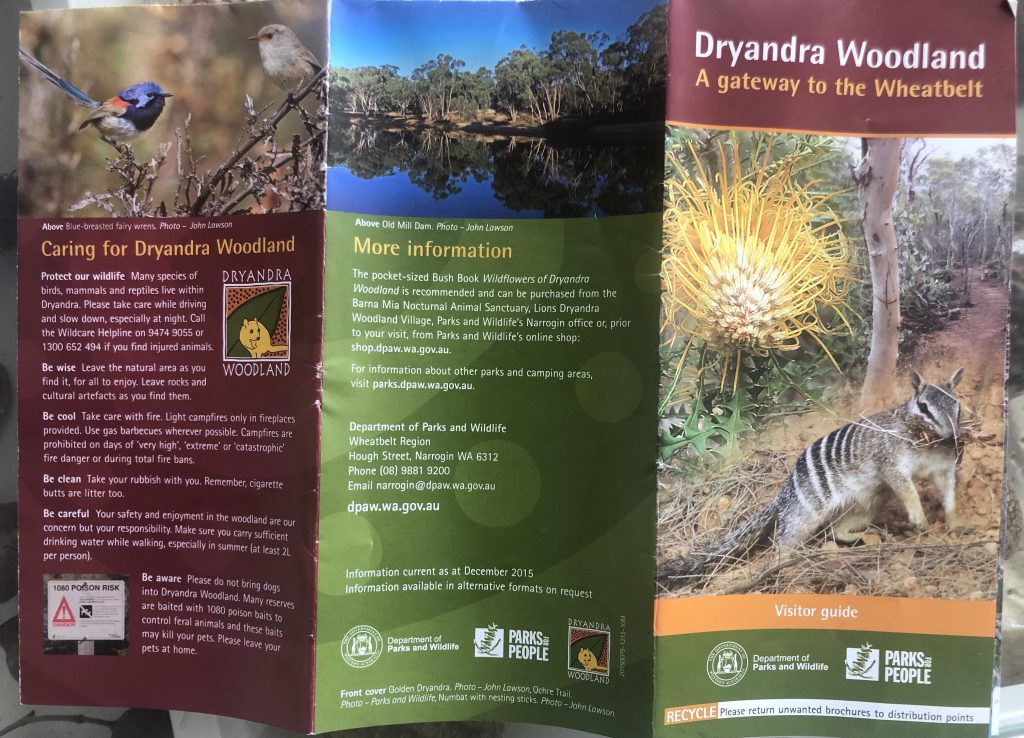
That’s a numbat on the front cover of the brochure.
Numbats are closer, genetically to the Tasmanian Tiger because it is a carnivore marsupial. An adult numbat eats 20,000 termites a day with its long tongue. The Quokka’s diet is vegetarian and belongs to the Kangaroo family.
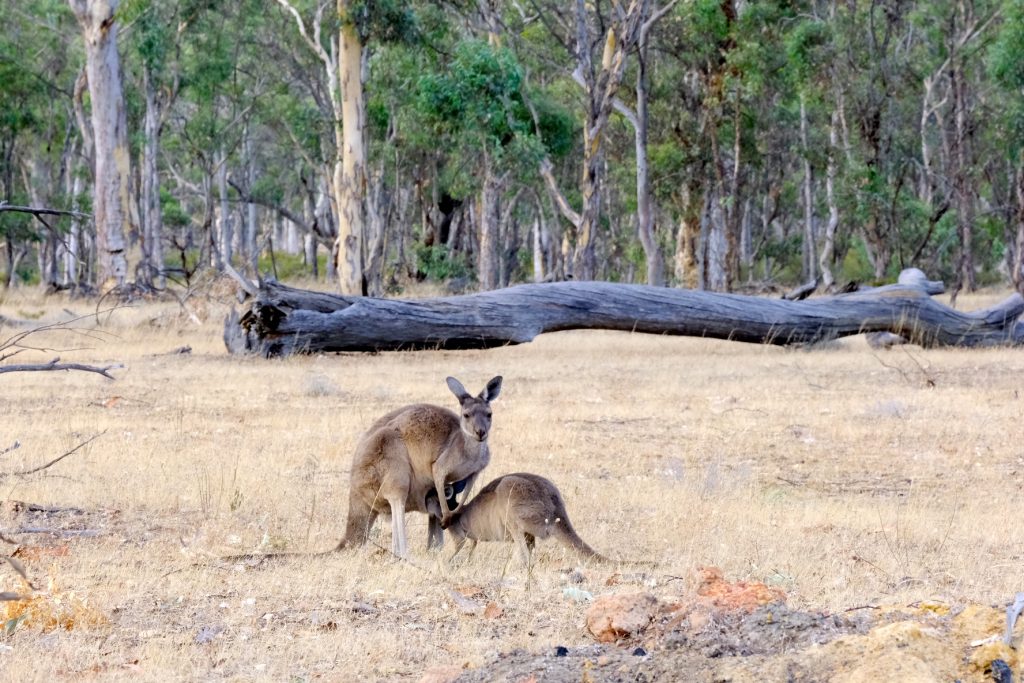
That Joey is getting a bit large for the pouch.
As we arrive in the Lions Woodland Village, we can already see the wildlife. Kangaroos and their joeys are all over the grassland. Stone Curlews creep about. They are a bit shy as well. The village is a series of cute, green painted wooden cottages run by the local Lions Club.
Our cottage, called Magpie, is the smallest and caters for two people and is fully contained: kitchen, queen bed and ensuite bathroom. Most of the cottages sleep 8-10 people in bunks and single bedrooms. With no internet or TV in our cottage, it’s relaxingly quiet out here in the forest, especially at night. A favourite book is a great option.
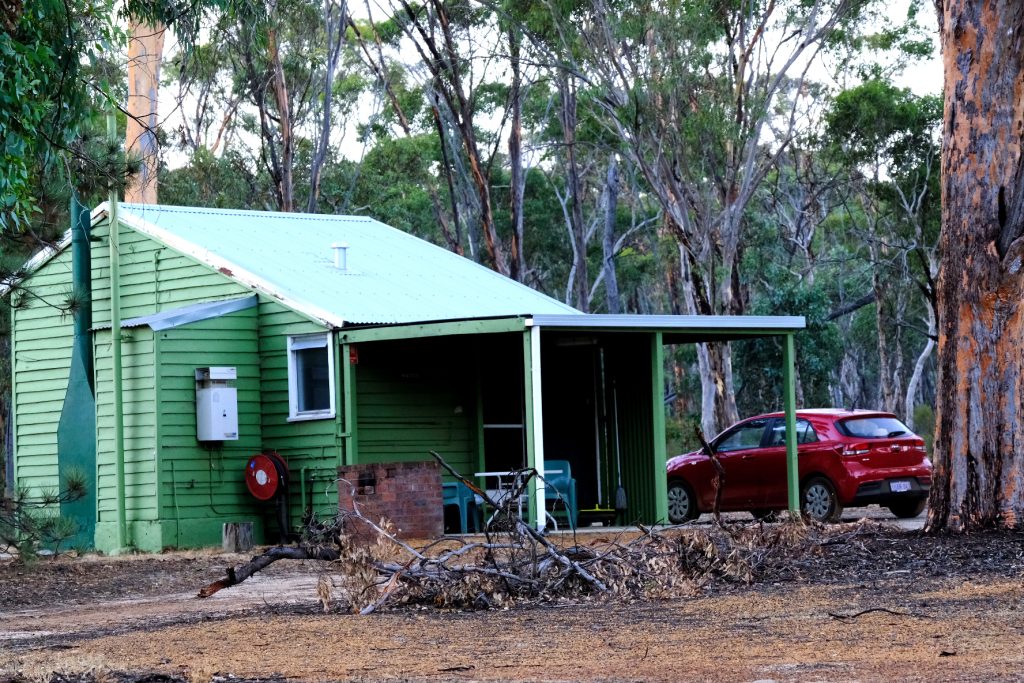
Magpie Cottage: self contained for a two people
When it comes to numbat hunting, time to pull the boots on and hit the trails. There are ten walk trails ranging from 450m to 12.5km. The Woylie Walk at 5.5km is a top trail.
A Woylie is a small marsupial that likes digging for food such as grubs. There is plenty of evidence of their nocturnal diggings along the well-marked walking trails. For a better chance of seeing the Woylie and other rare nocturnal marsupials, head out to Barna Mia for a guided tour. They are run by Parks and Wildlife from Narrogin. The office number (08) 9881 2064.
Dryandra is a prickly bush with beautiful yellow flowers. It is a dominate species, hence the parks name. Many other species of trees growing in the area were largely replanted after the closure of the timber industry. Trees such as the mallet and wandoo glow brightly as the sun sets. It is the largest remnant woodland in the western Wheatbelt.
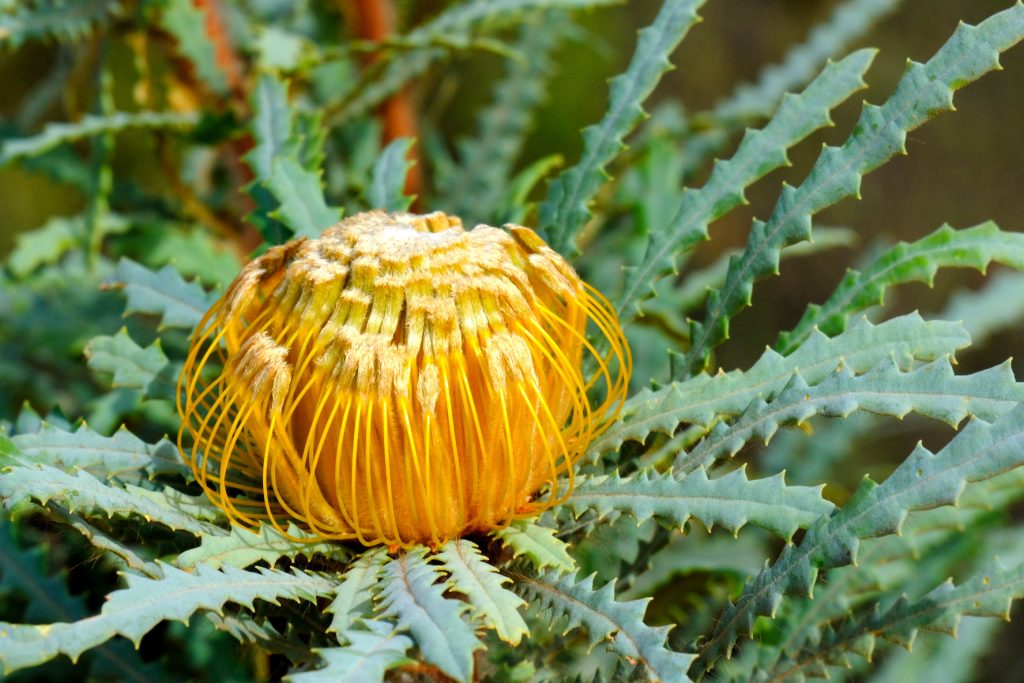
Dryandra flower: the parks namesake
We were lucky to see an echidna under a bush, but like echidna’s do, it rolled up into a spiky ball at our approach. As we walked the Woylie and Kawana walk trails, there was a feeling of anticipation as we scanned the landscape for elusive numbats. The odd fleeting movement would catch our eye. Is that a numbat standing upright like a meerkat on a fallen log?
But it was all in vain as we didn’t see any numbats this time. We will have to come back soon and try our luck again.
How to get there:
Dryandra Woodland is located 26km south east of Narrogin or a two hour drive from Perth.
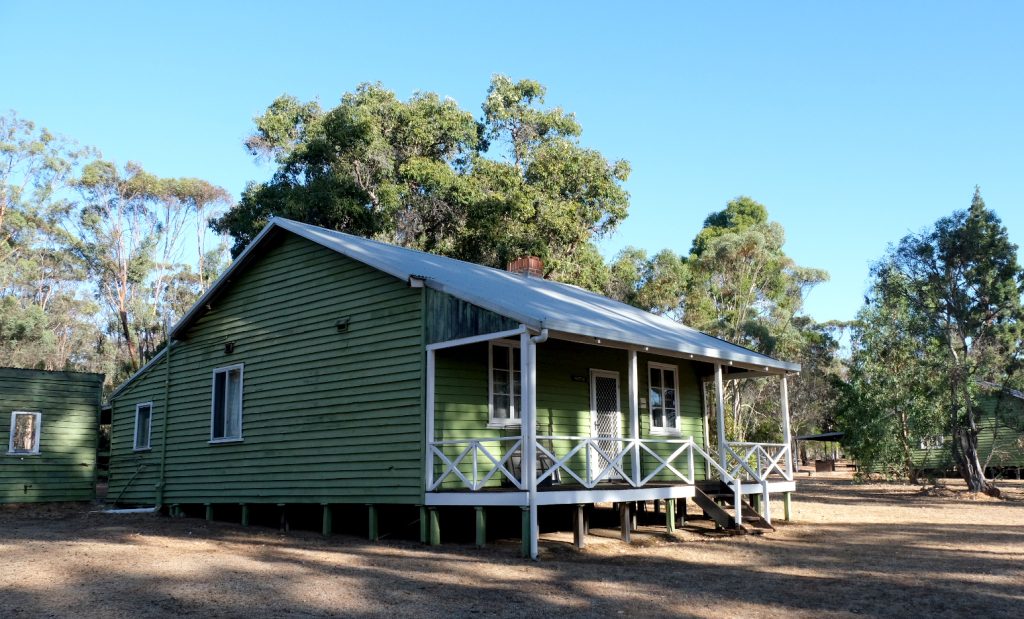
Dryandra Woodland Village
